Built in the fourth century, Sumela Monastery is one of the former monasteries in Christian architecture, though it is not situated in a Christian country anymore. As the structure is really ancient, the Sümela Monastery was under the influence of various civilizations before.
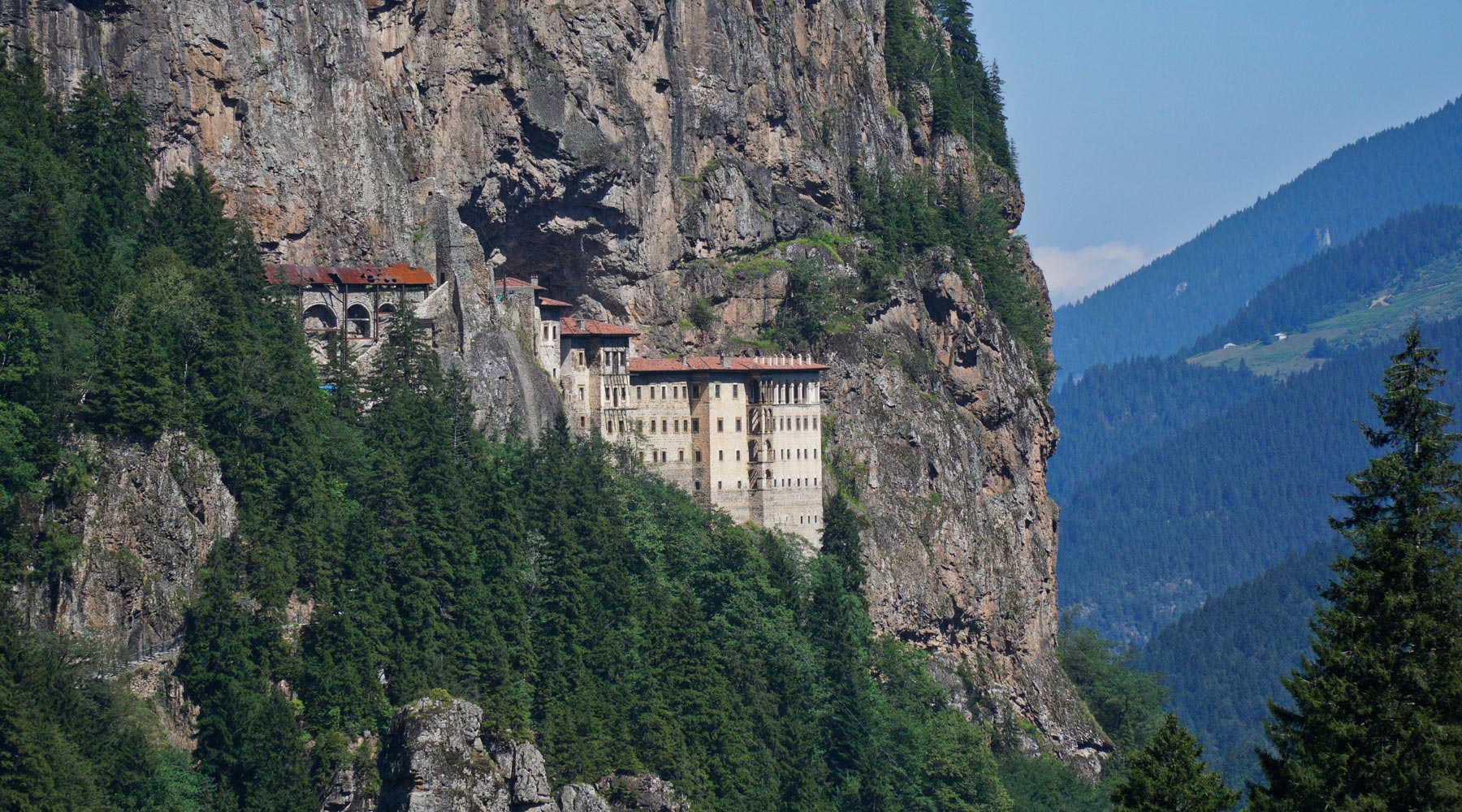

The Istanbul Aquarium is placed in the Aqua Florya mall, located near Yesilkoy. Since it’s close to the Ataturk Airport, you can plan on visiting there right after you land in Istanbul or before you jet out. You would be able to watch planes flying over the mall.
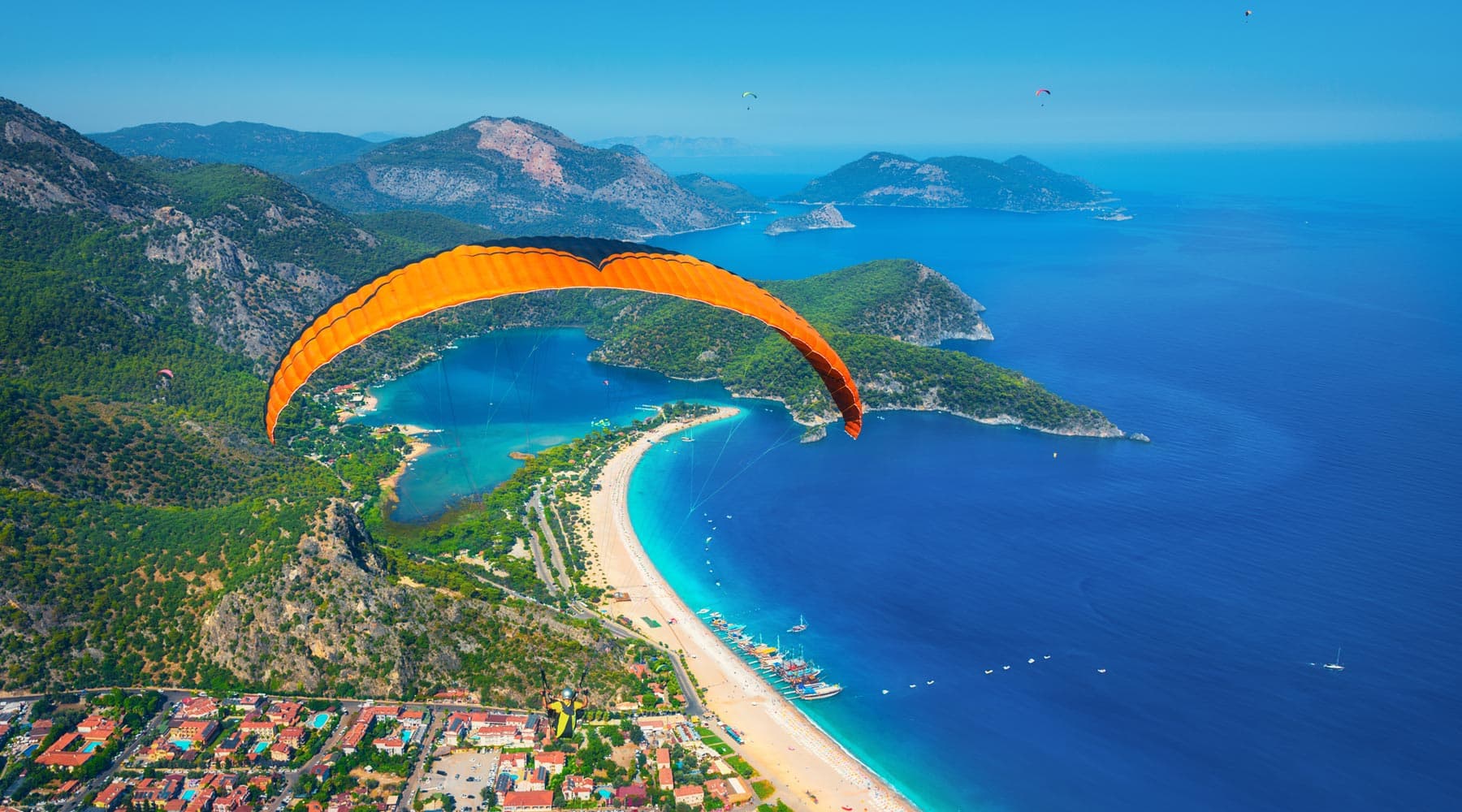
In Turkish, Olu means dead, and Deniz means sea, but it turns to blue Lagoon when you translate Oludeniz. They called it “Dead Sea” since the waters are very calm even during the storms.
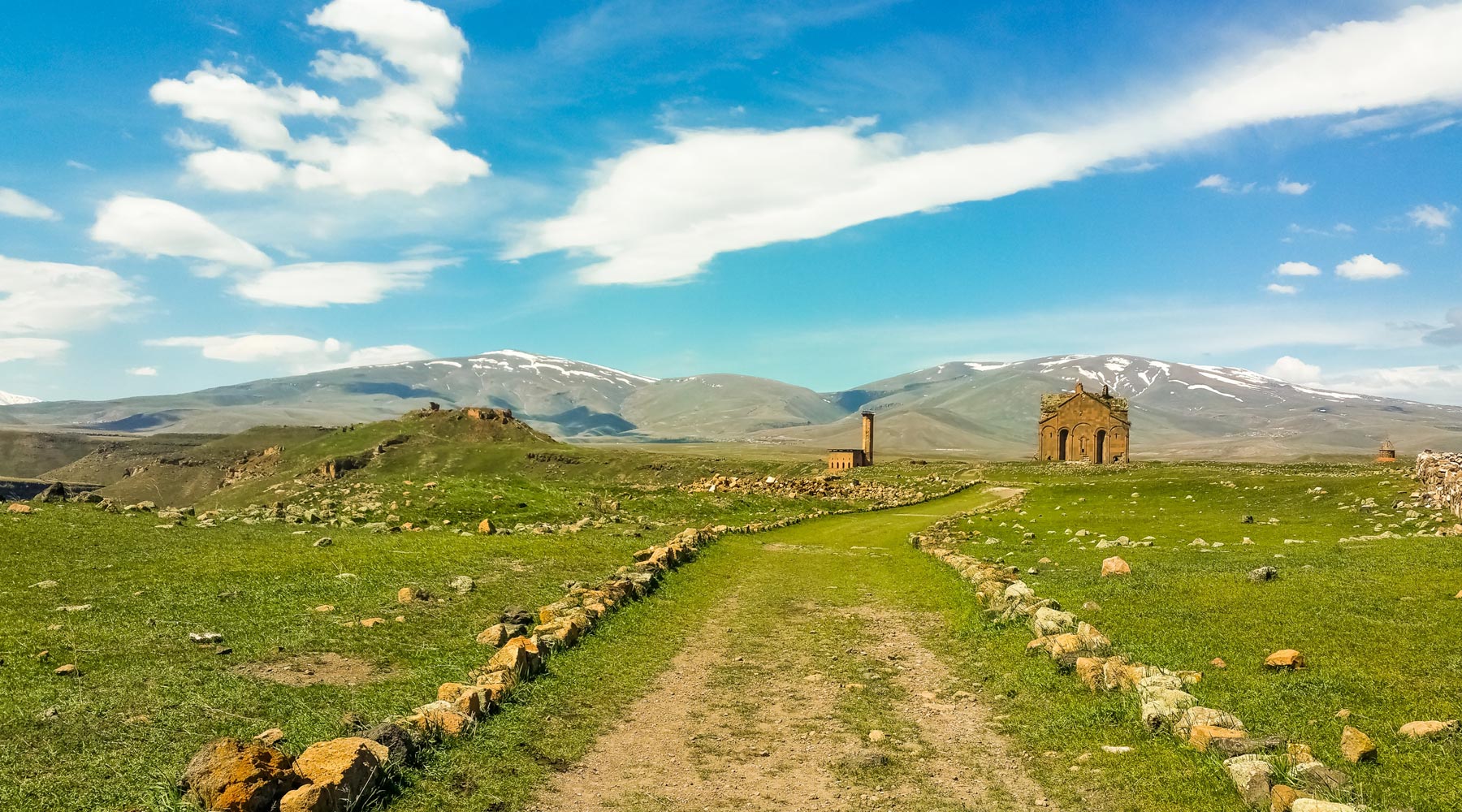
The city of Ani, also known as the city of 1001 churches and city of forty gates, dates back to the 10th and 11th centuries AD when it became the capital of the Bagratid Armenian kingdom and gained considerable power and wealth by standing in various trade routes and maintaining its position as an important commercial center. It has been more than three centuries since Ani was invaded and looted by the great Seljuk army, and all its population was killed, and now it is a ghost city. Ani was inscribed on the UNESCO World Heritage List in 2016.

Süleymaniye Mosque is the second biggest prayer complex in Turkey. This mosque is really big with different entrances and halls and is viewed as a significant landmark. Suleymaniye Mosque is an ideal combination of simple and affected structures.
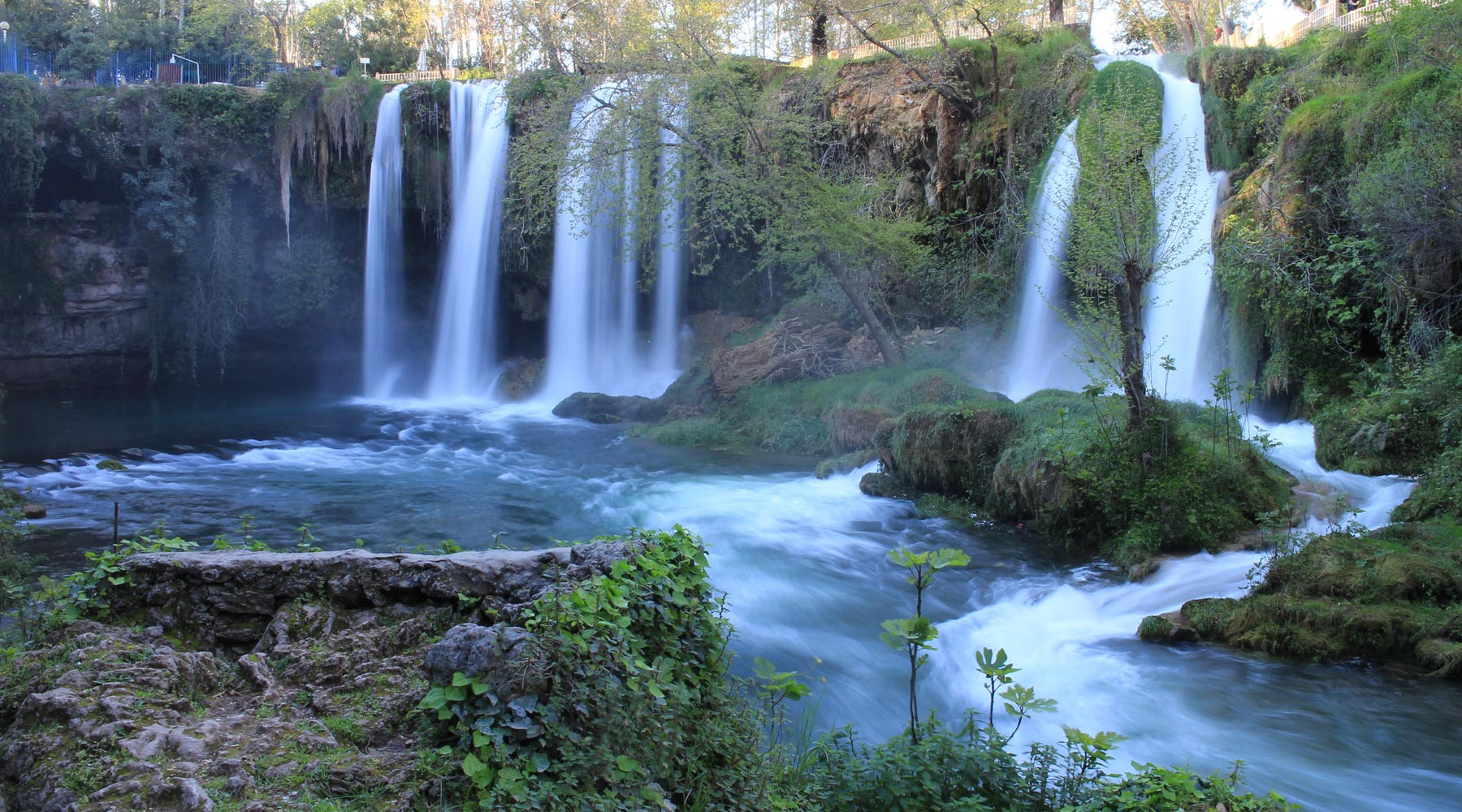
Visiting Düden Waterfalls in a modern city like Antalya is not something you get to experience on every trip. The Düden waterfalls have so many various features that almost everyone visiting there will leave with a big smile and the most memorable and unbelievable photos! So we highly recommend you make time to see this site yourself and enjoy this city like never before.
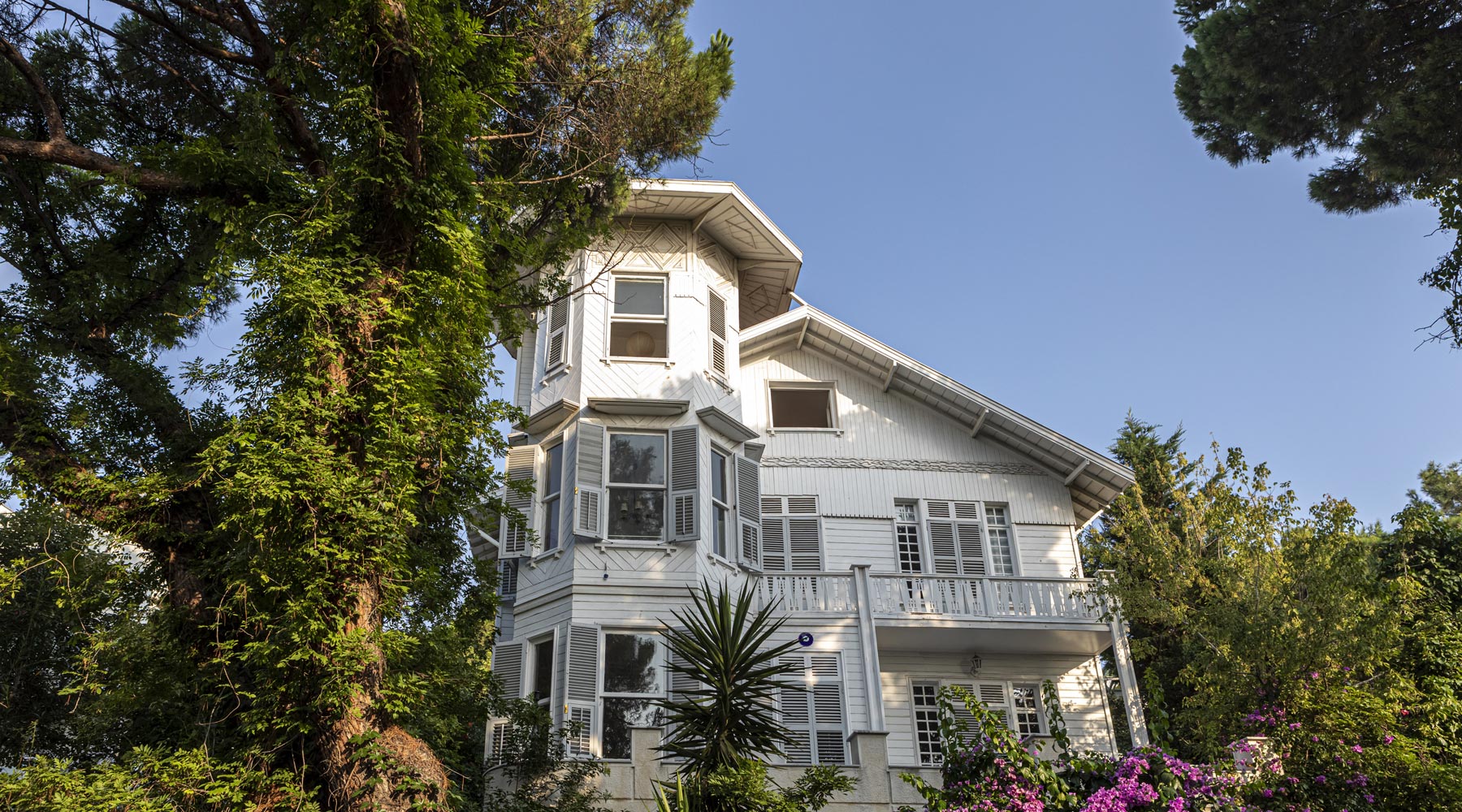
About 7,000 people are living in Büyükada. They speak the Turkish language, the same as other cities in Turkey. Büyükada is located in the Sea of Marmara. However, there are no gas-powered vehicles on the island. That is why the weather on this island is delightful and clear. Büyükada literally means big island. There are two peaks on the Büyükada, from which you can see the surrounding scenery.
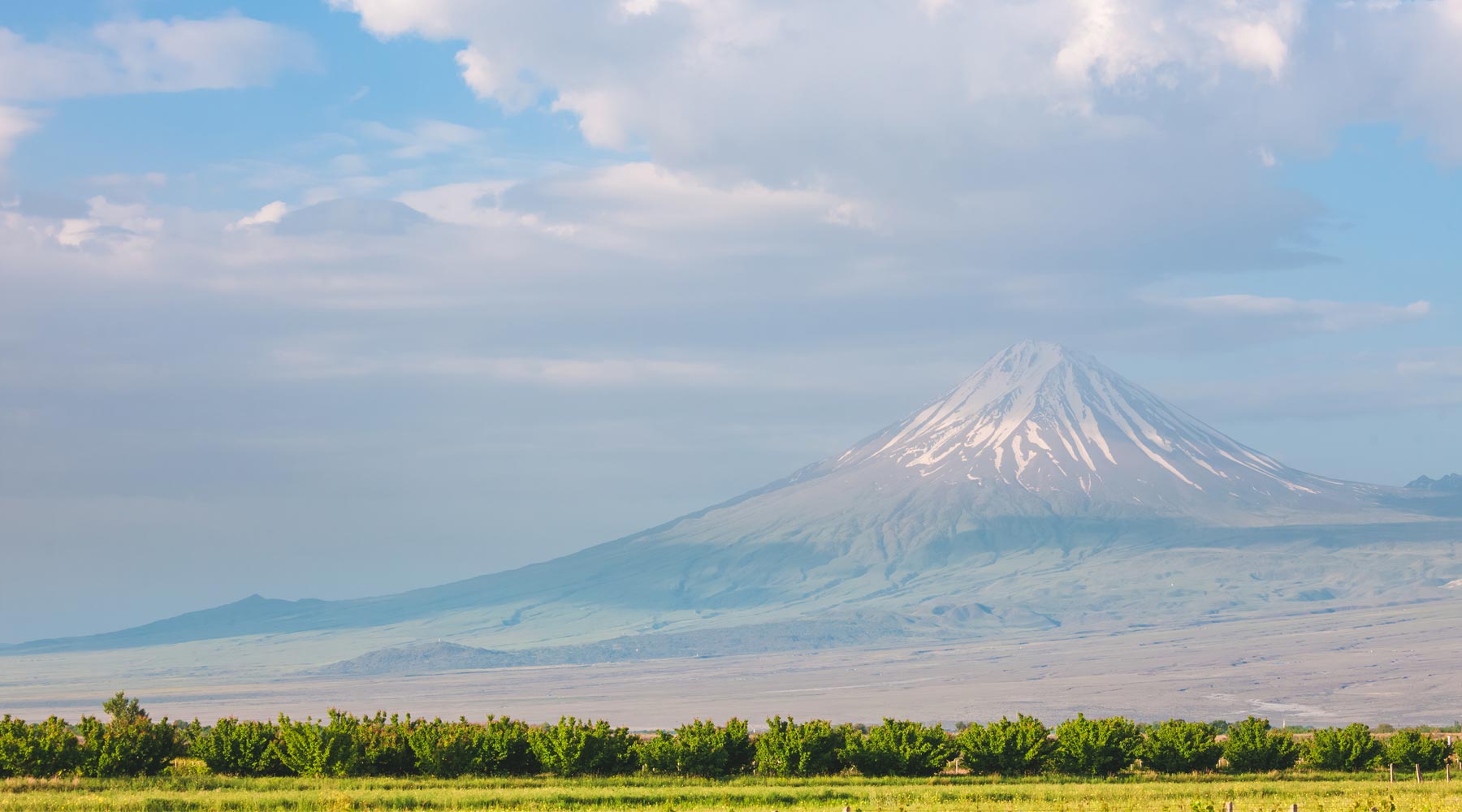
Historically, Ararat is correlated with the mount on which Noah’s Ark landed right when the flood was over. As mentioned before, Ararat, being presented in the Bible, is the Hebrew form of Urardhu, or Urartu. Ararat is significant and holy to the Armenians. They believe that they’re the first human race to emerge in the universe from the time of the flood.
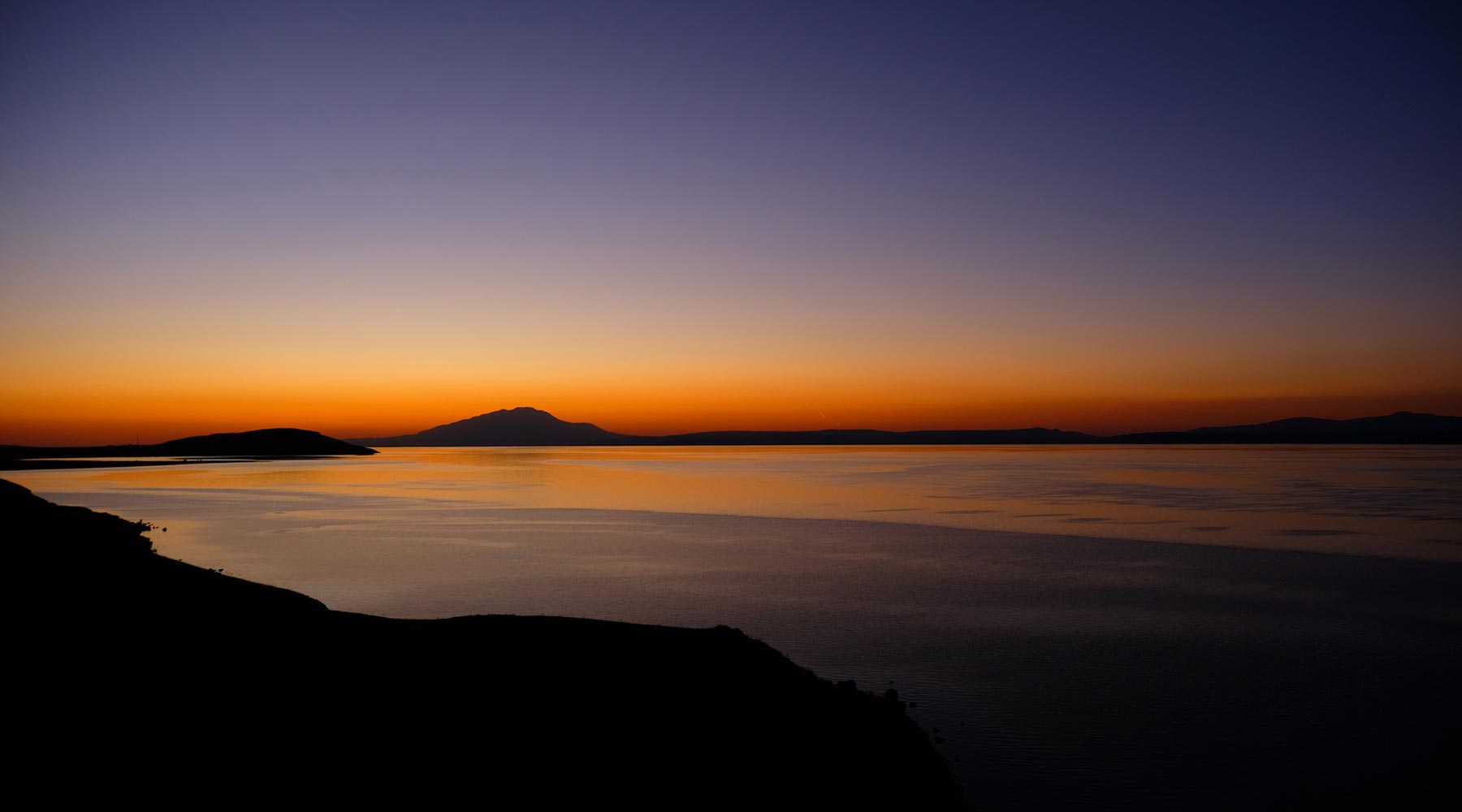
If you go to Lake Van, watch out for the monster that has chosen the lake as its home. Perhaps you got the chance to see this 40-foot monster with rough brown skin. Don’t worry; this is just a joke and rumor that has increased the lake’s popularity over the years. You will be likely to hear it over and over.
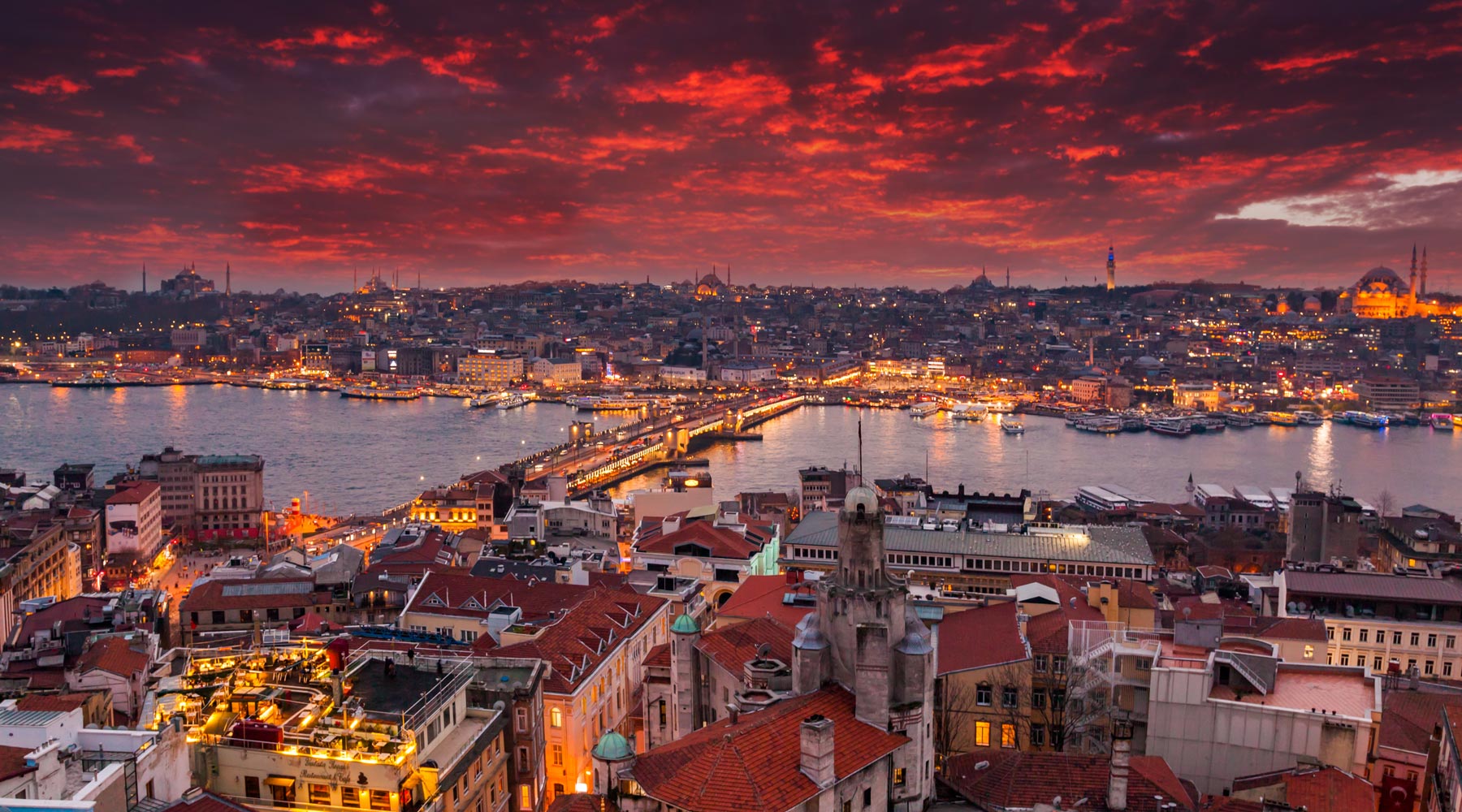
Galata Bridge has become the symbol of Turkey over the years as it gives you the chance to encounter the local life. You can see the image of the Galata bridge on magazines, T-shirts, and handicrafts due to its popularity. After the 19th century, it became an essential part of the poems, stories, paintings, and engravings.